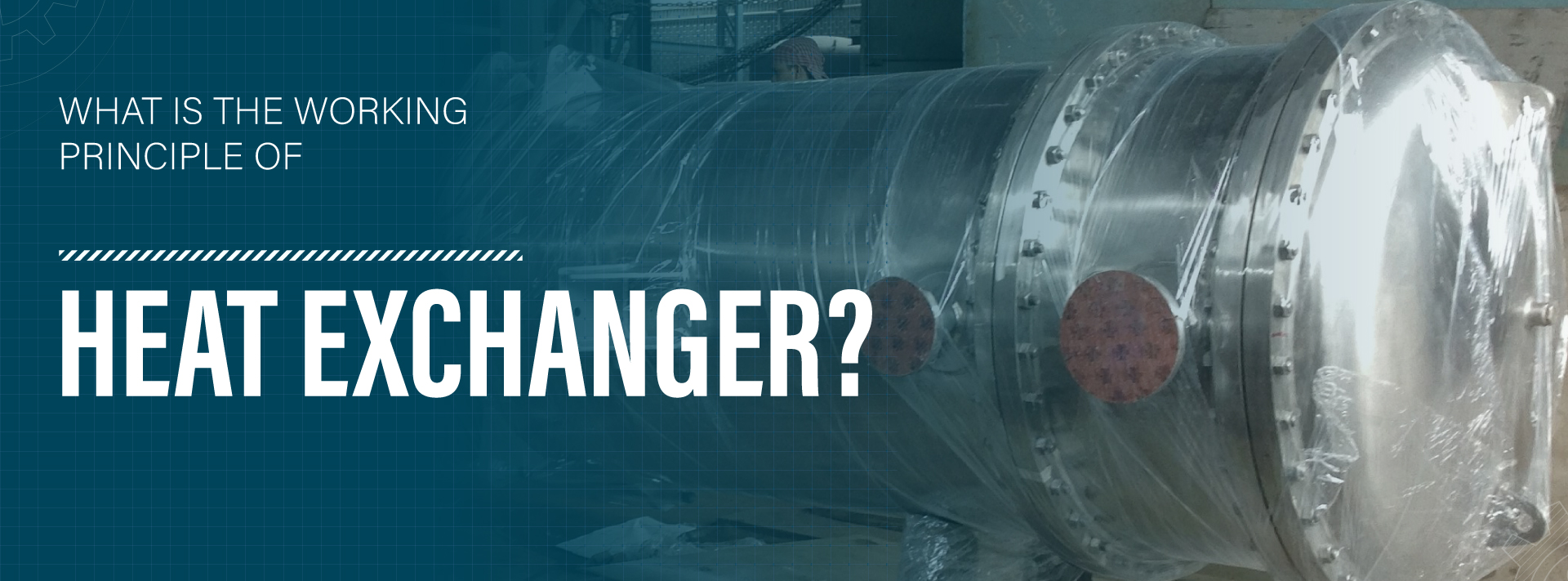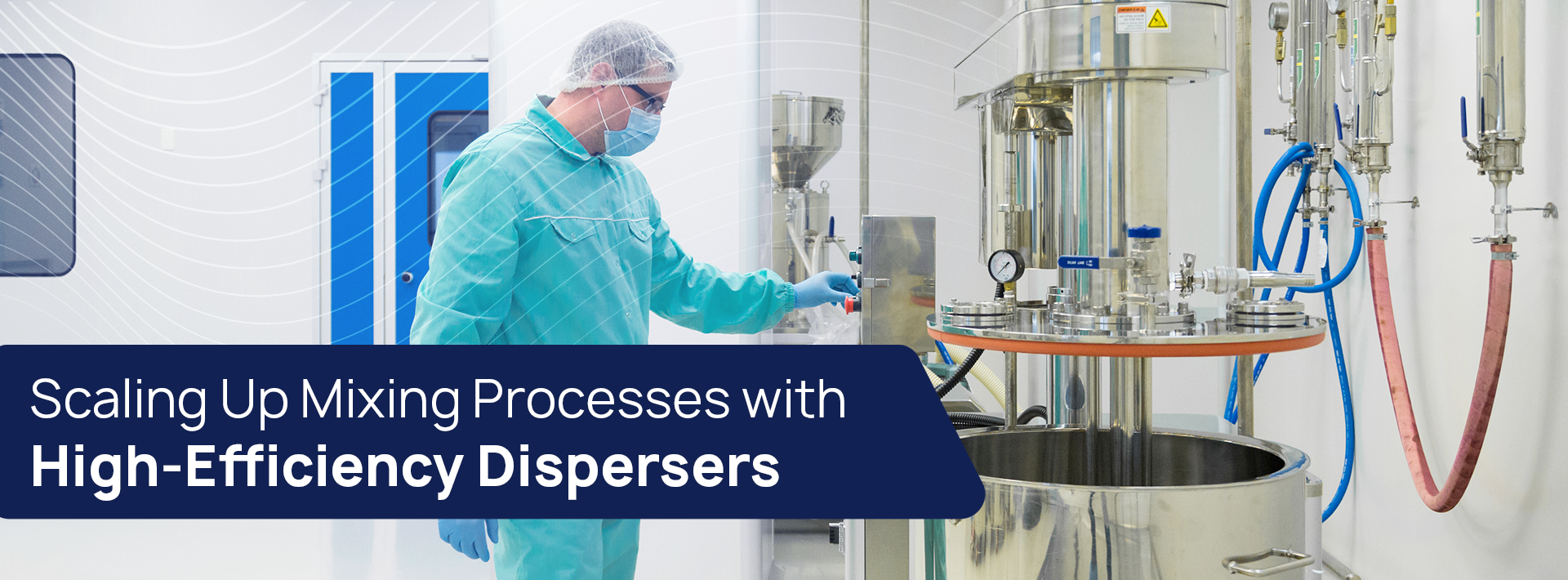Have you ever watched a wisp of smoking rolling out from the factory chimney or smokestack? Have you ever thought of the amount of energy that goes waste during the process? Well, to be precise, energy losses have always been the prime concern of the factory giants. Experts say that conserving energy has made these industries to install a heat exchanger.
What is a Heat Exchanger?
Heat exchangers are devices that transfer heat between two fluids (liquid or gases). These can be used to either cool or heat a system. To keep the fluids separate, walls are present
Some common places where we can see the heat exchanger are in an internal combustion engine in the form of a radiator, in cooling units for petrochemical industries, power stations, HVAC units, etc.
The principle of Working of Heat Exchanger
Thermodynamically, the heat has the tendency to flow from a higher to a lower temperature. Therefore, when two fluids at two different temperatures (one high and other comparatively lower) are made to flow keeping them separated by a heat conducting surface, then from the body at the higher temperature the heat transferred to the lower one.
However, apart from the above theory, other certain thermodynamic parameters remain in concern while designing a heat exchanger. It also monitors the flow of the liquid on three different configurations—
- Ensuring that the flow of liquid inside the pipes is ‘Counter-flow’ in nature (fluid flowing parallel to each other but opposite in direction)
- Ensuring the flow is ‘Parallel-flow’ (fluid flowing parallel in the same direction)
- Ensuring the configuration of the fluid flow is ‘Cross-flow’ i.e. perpendicular to each other
Must Read: Strategies for Peak Heat Exchanger Performance
Factors Affecting the Heat Flow or Transfer
The popular heat exchanger manufacturer keeps in mind all the thermal factors that contribute to an efficient unit. These variables affect the exchanger’s size and performance. The following are some variables—
- The mass of the fluid passing through the pipe (mh for hot liquid and mc for cold)
- The temperature at which the hot and cold liquid enters & leaves the system denoted by Thi & Tci (for inlet) and, Tho & Tco (for an outlet)
- Heat energy coefficient of each of the flowing fluids (Uh & Uc)
- The ability of the wall of the heat exchanger to resist the heat under e/ λ
- The available surface area of the exchanger
- The pressure value of both the fluids (whether or not constant)
- The thermal properties of the fluids like heat coefficients (Uh & Uc), density (ρ), heat capacity (cp), viscosity (µ) and conductivity (λ)
Note: The thermodynamic properties of the fluids should maintain a constant value at any point in time in the entire system.
Must Read: Factors to Consider While Choosing a Heat Exchanger
Conclusion
With several numbers of variables playing a crucial role in the unit’s working, selecting the optimally functioning heat exchanger is challenging. For ensuring that the working principle of the heat exchanger fits perfectly well with the thermal properties, it takes the entire system to be adiabatic that is there is no heat exchange between the system and surrounding.
FAQs
What is the principle of heat exchanger?
The principle of a heat exchanger is based on the transfer of heat between two or more fluids without mixing them. This process follows the fundamental laws of thermodynamics, where heat moves from a hotter fluid to a cooler one until thermal equilibrium is reached. Heat exchangers are designed to maximize heat transfer efficiency using conduction, convection, or radiation, depending on the application.
What is the working process of a heat exchanger?
The working process of a heat exchanger involves the flow of hot and cold fluids through separate channels. As these fluids pass through the exchanger, heat is transferred from the hotter fluid to the cooler one without direct contact. This process can occur in various flow configurations, such as parallel flow, counterflow, or crossflow, depending on the design and operational requirements.
What is the working principle of heat?
The working principle of heat is based on thermal energy transfer from a higher temperature object to a lower temperature one. Heat transfer occurs through three primary mechanisms: conduction (direct contact), convection (fluid movement), and radiation (electromagnetic waves). In heat exchangers, conduction and convection are the most commonly utilized methods to facilitate efficient heat transfer.
What are the concepts of heat exchangers?
The key concepts of heat exchangers include:
- Heat Transfer Mechanisms: Conduction, convection, and radiation.
- Flow Arrangements: Parallel flow, counterflow, and crossflow.
- Types of Exchangers: Shell-and-tube, plate, and air-cooled heat exchangers.
- Thermal Efficiency: Optimizing surface area, flow rates, and material conductivity to maximize heat transfer.
Heat exchangers are widely used in industries like HVAC, power generation, refrigeration, and chemical processing to improve energy efficiency and system performance.





